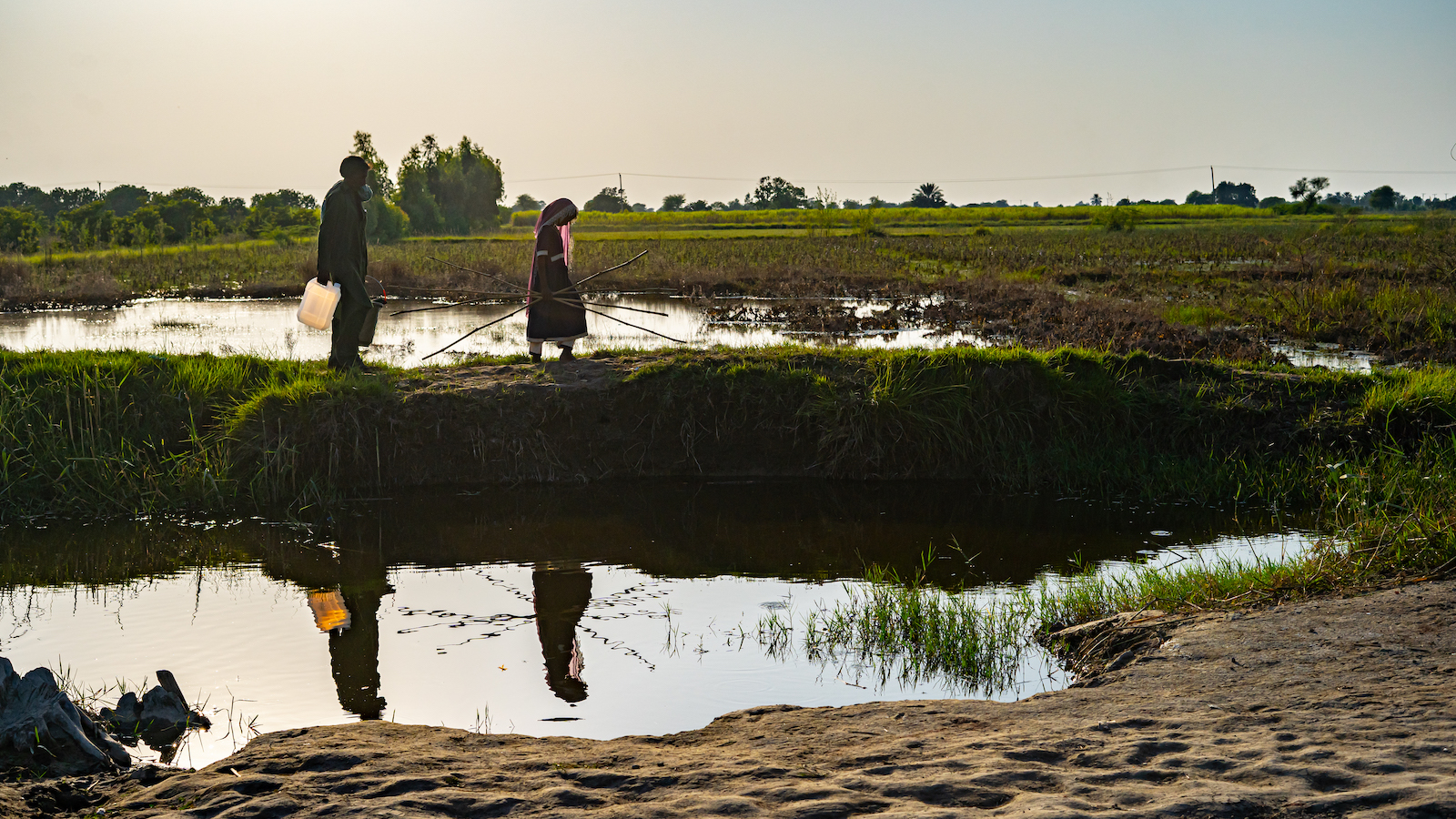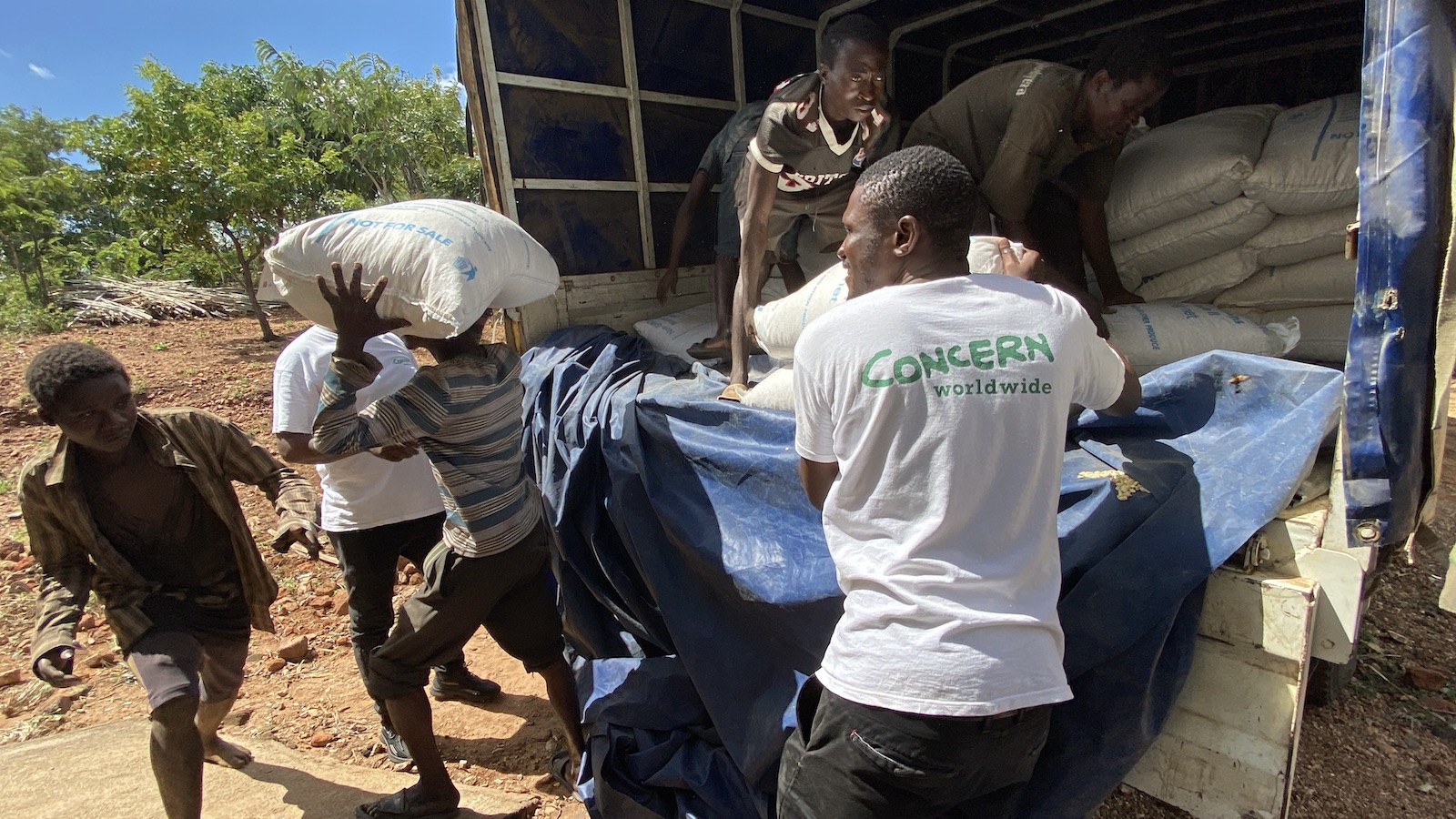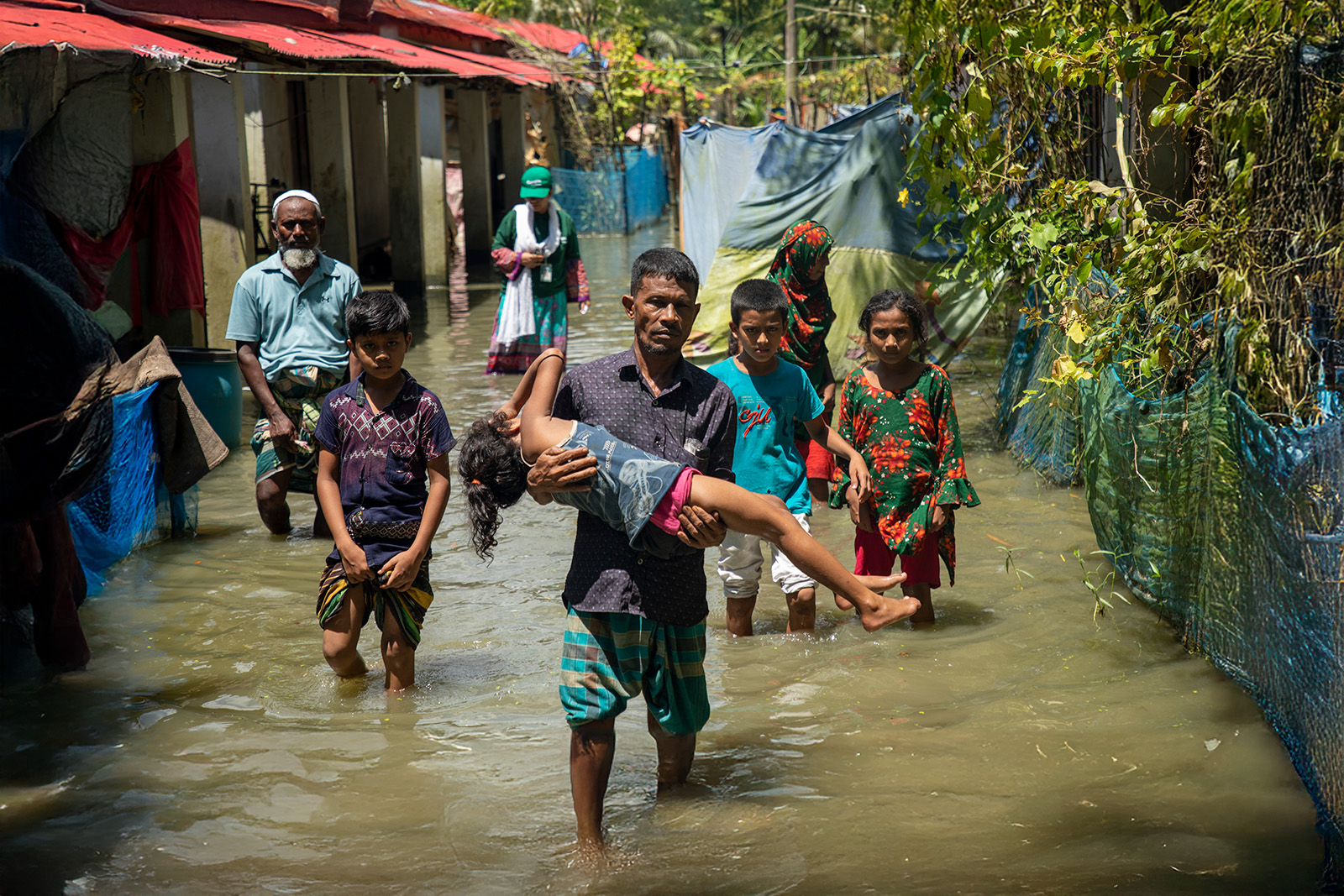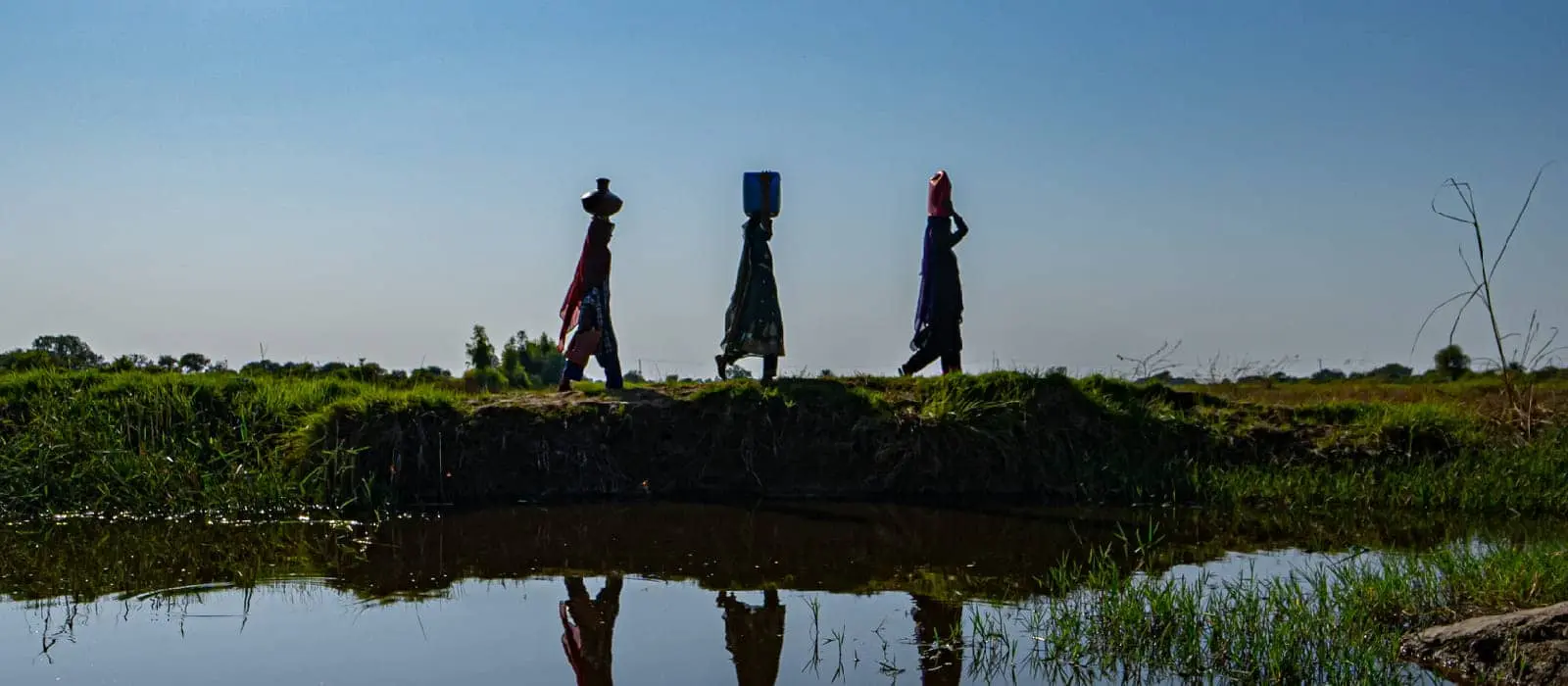This summer, relentless monsoon rains and cloudbursts have unleashed flash floods and landslides across Pakistan. Here’s what you need to know, including how you can help.
1. What’s happening in Pakistan?
Since June, relentless monsoon rains have unleashed flash floods and landslides across Pakistan, killing nearly 800 people and displacing thousands.
A downpour that began on June 25 hit Sindh Province, which includes the country’s largest city, Karachi (population 19 million). The severe weather destroyed roads, crops, and homes, and killed over 50 people.
Since then, the rains have continued across the country and gained in both frequency and severity, triggering countrywide flash floods, landslides, and river overflows that have led to destruction in both rural and urban areas. The northwestern province of Khyber Pakhtunkhwa (known locally as KPK) has borne the brunt of this disaster. Surrounded by mountain ranges, entire villages and communities have been cut off from humanitarian aid while landslides wreak havoc on homes, schools, and infrastructure.
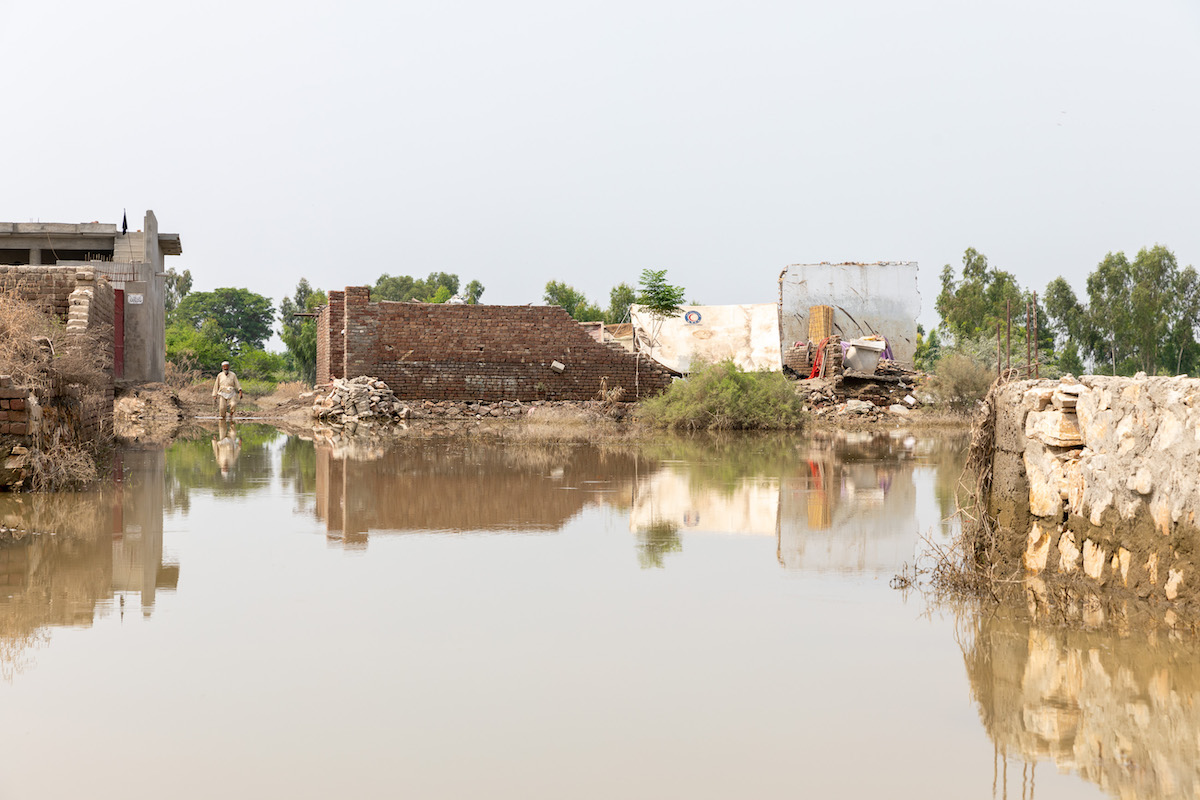
The province’s Buner District has seen some of the highest rates of devastation. Buner was hit by a cloudburst, a rare weather phenomenon in which a violent downpour leads to over 4 inches of water falling within an hour — the equivalent of several hours’ worth of rain falling in just a few seconds. Between Buner and the neighboring district of Shangla, nearly 500 deaths have been reported, as well as over 4,000 homes damaged and 674 schools affected.
However, KPK isn’t the only province affected. The central province of Punjab is the most populous in Pakistan, with over 127 million people. It’s also covered by the Sutlej, Ravi, and Chenab rivers — all of which are rising due to the rains and threatening downstream communities. The northwestern region of Gilgit-Baltistan is also suffering losses from glacier lake outburst floods, also as a result of the monsoons. On August 22, a flood destroyed over 600 houses and killed 18 people across two districts.
Support Concern's emergency response fund
2. Didn’t Pakistan also experience major flooding in 2022?
Yes. The 2022 monsoon season in Pakistan was the worst on record, affecting over 33 million people, killing over 1,700, and displacing between 2 and 8 million.
Three years later, millions of families are still working to recover — including many in KPK, Sindh, Punjab, and Gilgit-Baltistan who have now been impacted by this year’s rains. In Sindh Province, Concern has been working with nearly 445,000 people on flood recovery, rebuilding critical water, sanitation, and hygiene (WASH) infrastructure, livelihoods and market sustainability, and disaster risk reduction (DRR) methods.
What’s more, experts suggest that this will not be a twice-in-a-lifetime event. Dr. Syed Faisal Saeed, Pakistan’s chief meteorologist, told the BBC that “monsoon rains are likely to increase in the coming decades, so this issue is not a one-year fix.” Pakistan’s terrain — largely mountainous, plus a coastline in the southwest — also leaves it prone to extreme weather events and natural disasters. Rising temperatures have exacerbated the situation, with warmer air masses holding more moisture, thereby creating ideal conditions for sudden, intense downpours.
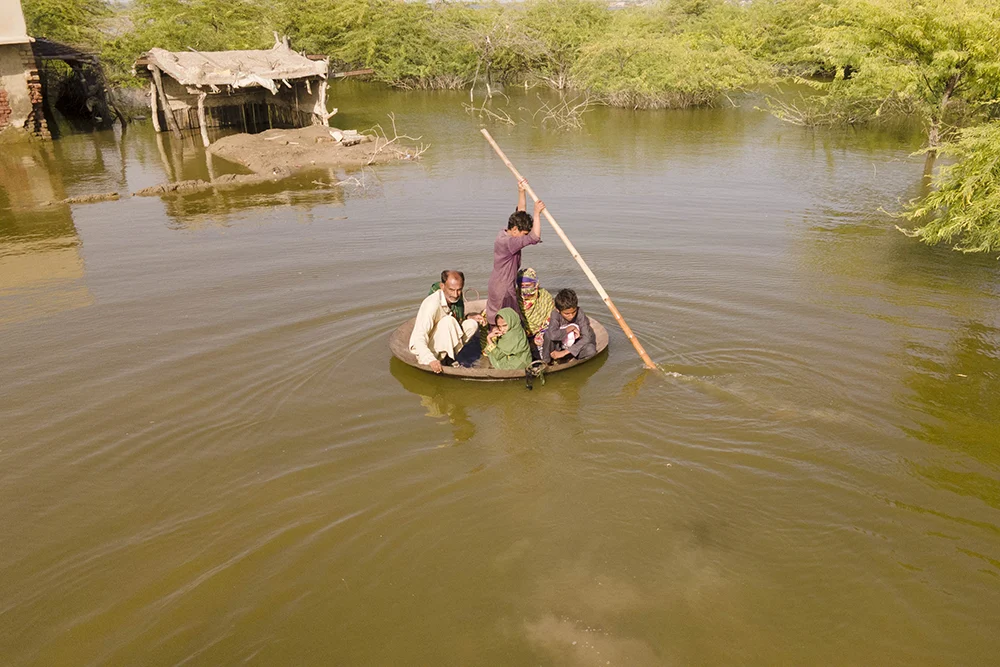
3. How many people are affected?
The latest data from August 25 report 799 fatalities, over 1,000 injured, and 29,311 displaced across Pakistan. The majority of fatalities are from KPK and Punjab which, taken together, account for 80% of casualties nationwide. This is about triple the fatalities recorded in the same period last year.
However, this is just part of the story: Taken together, 1 million people in Pakistan are currently directly affected by the floods, many losing their livestock, harvests, homes, and livelihoods. Monsoon season, which began early this year, is expected to run late, continuing through mid-September. We won’t get a complete sense of impact until then, but there are many issues at play that are expected to lead to further knock-on effects for thousands (if not millions) more.
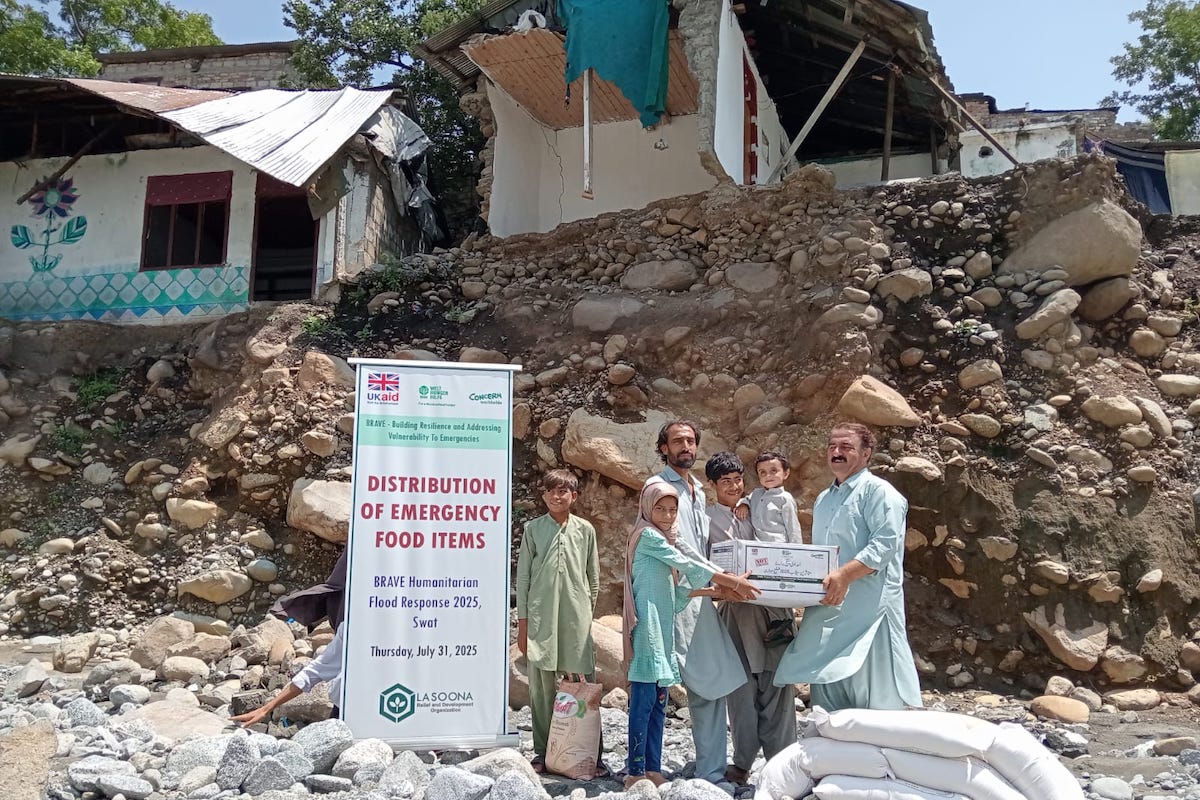
4. What does the extended impact of these floods look like?
Roughly 37% of Pakistan’s workforce relies on agriculture according to the Pakistan Bureau of Statistics, which notes that farming also contributes 24% of the country’s GDP. The country also faces some of the highest climate risks in the world.
This is a difficult combination, and one that leaves millions of Pakistanis at risk — particularly those who have the fewest resources to safeguard their lives and livelihoods against the elements. The 2022 floods submerged one-third of the country and cost Pakistan $14.9 billion in damages and $16.3 billion in recovery. Nearly 10 million acres of farmland were washed away. They also pushed 9 million people into poverty — roughly one-quarter of the workforce employed in agriculture.
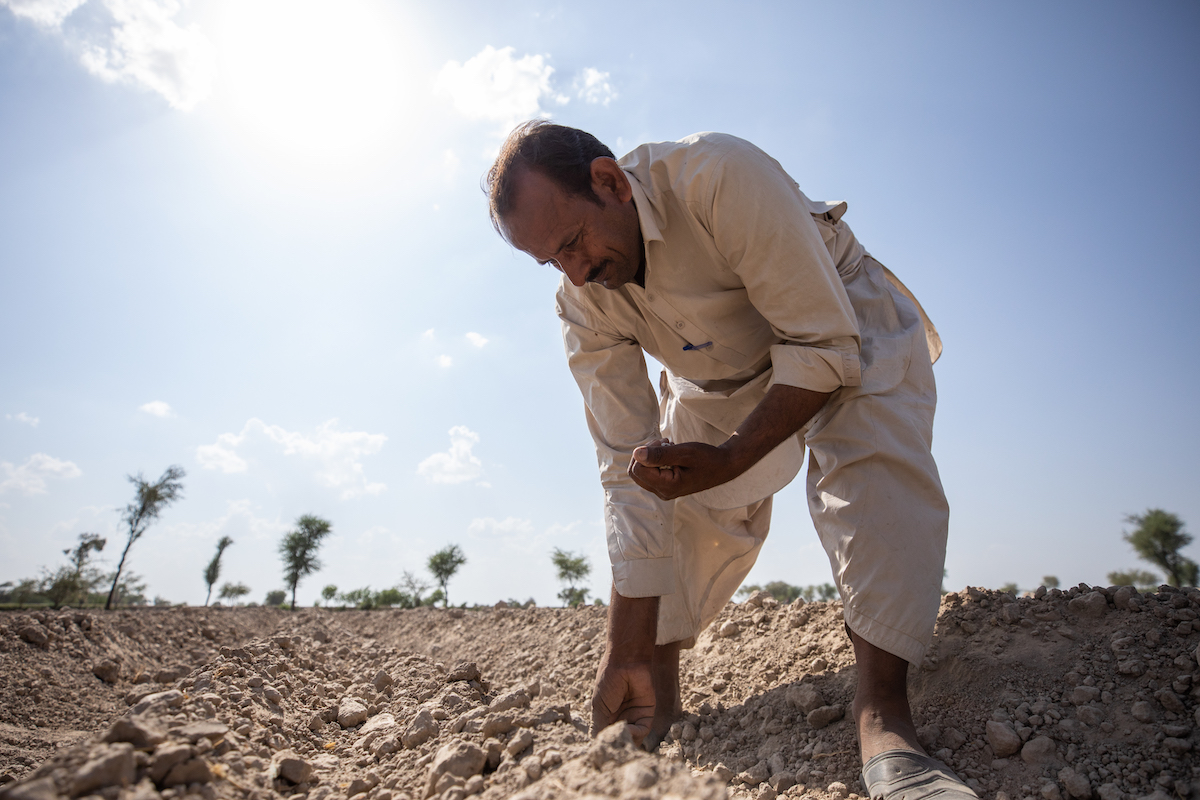
So far, the damage isn’t as high this year, but many of those hit hardest by the 2022 monsoon season are being set further back by this season’s floods, but the risks are still high. “From an economic and agricultural standpoint alone, the potential for devastation is immense,” says Musadiq Malik, Pakistan’s climate minister.
Beyond that, tens of thousands of families have been displaced so far, many sheltering with host communities and in relief camps. As conditions continue to deteriorate, health risks have gone up, including increased surges in malaria, fever, and skin infections, according to the UN. Other communities hit hardest by the floods remain blocked from access due to roads being washed away, and critical funding gaps are making it harder to respond at scale.
5. What is the outlook like for Pakistan?
Pakistan’s National Disaster Management Authority is warning of impending floods in the Sutlej river. More broadly speaking, the NDMA expects that active monsoon conditions will continue through at least September 10 (if not longer), affecting Punjab, KPK, parts of Sindh, Gilgit-Baltistan, and the northern region of Azad Kashmir.
Communities are continuing to evacuate as a precaution, and through this evacuees and those directly impacted by the floods need support both in the short- and long-term for food security, livelihoods, WASH, and healthcare. There’s also the question of education, as Pakistan’s academic year begins in August, meaning that many schools were forced to shut down just after reopening.
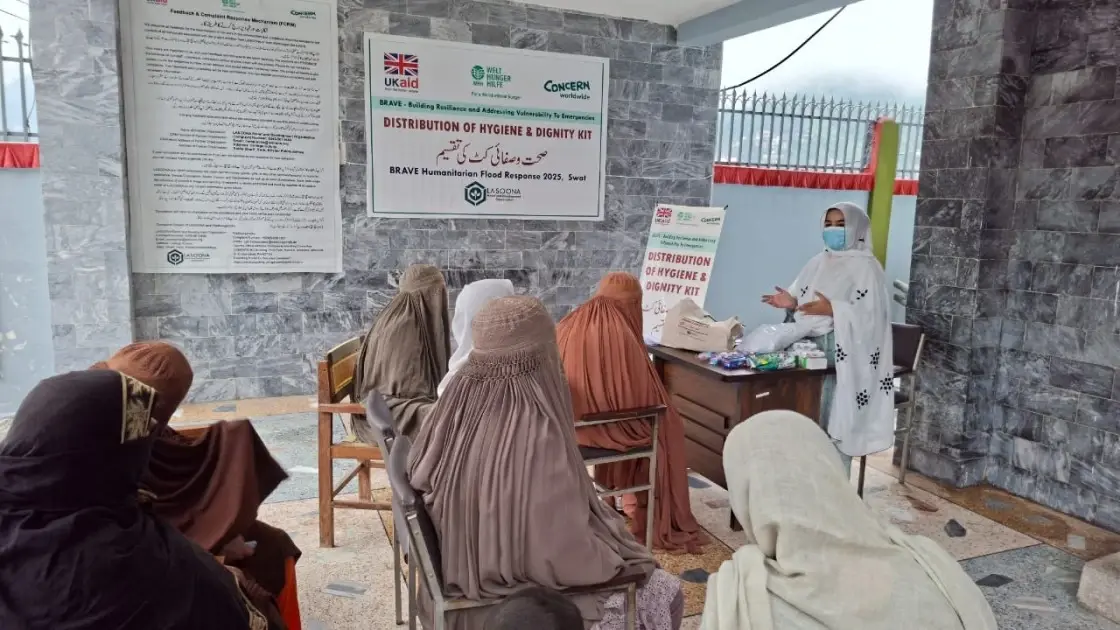
The floods in Pakistan: Concern’s response
With nearly 25 years of experience in the country, Concern’s team in Pakistan has been working with partner organizations to respond to the call for assistance in seven of the affected districts — including Buner.
Currently, we’re providing frontline emergency relief, including emergency food security, hygiene kits, and other essential non-food items. We’re also working on early-recovery support by rehabilitating infrastructure like bridges, water points, and latrines, and providing livelihood support to small-business owners and farmers.

